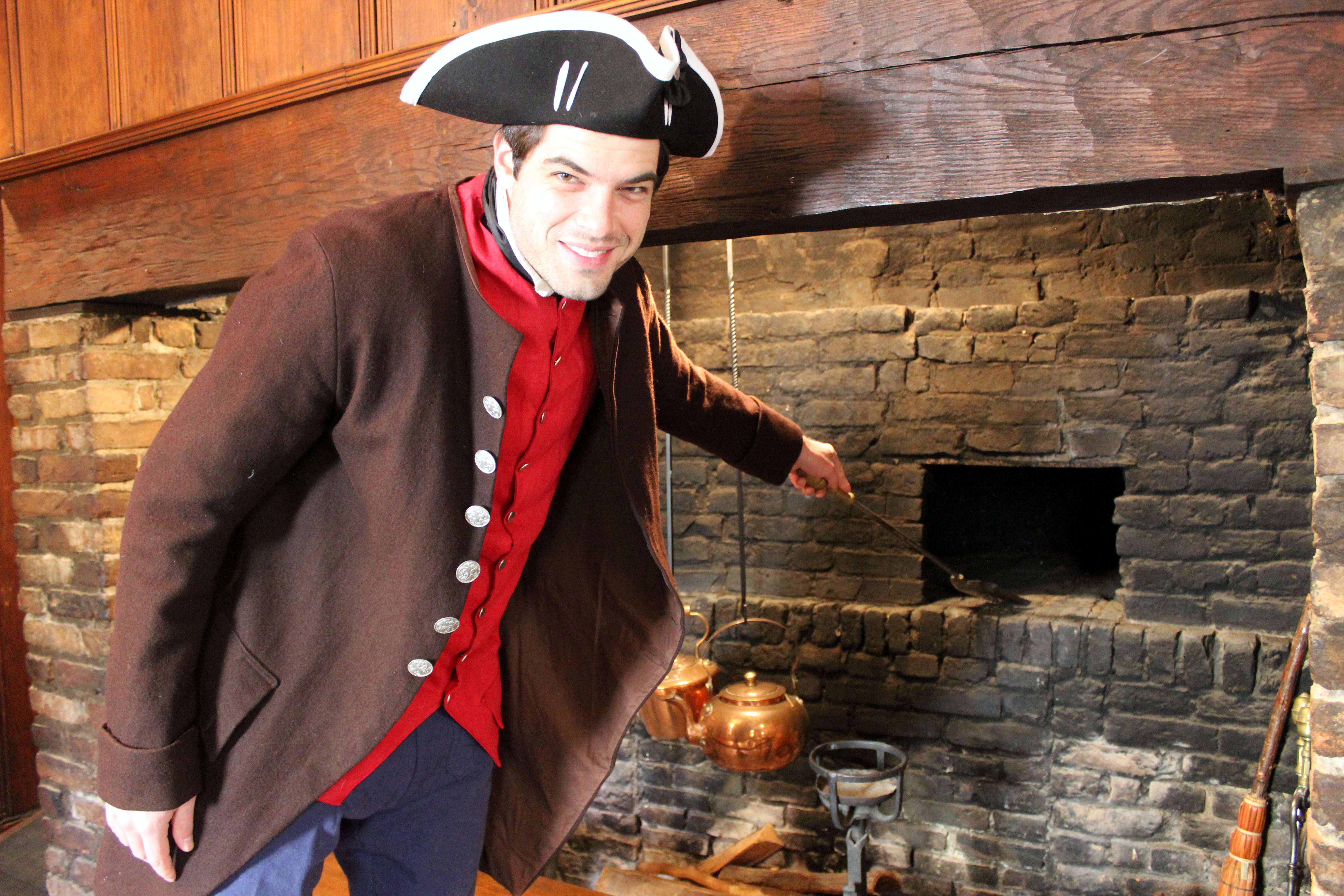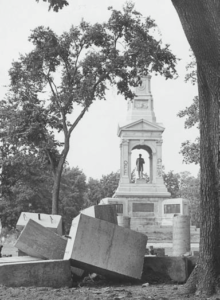The Hooper-Lee-Nichols House by Mary Isabella Gozzaldi
Read April 25, 1922
From the Proceedings, Volume 16, p. 18-20
This house has been sometimes called the oldest house in Cambridge, and its large central stack chimney shows that it belongs to an early period of New England architecture; but it was originally a farmhouse in Watertown, as Sparks street was the westerly limit of Cambridge until 1754.
The first owner appears to have been Robert Holmes, whose son John Holmes married Hannah, daughter of Deacon Samuel Thatcher, in 1664. Their son Robert Holmes inherited the house. He removed to Salem; and in 1685, his mother having died some three years previously, he sold the house to Dr. Richard Hooper. The latter died in 1690, and three years later his widow Elizabeth was licensed to keep an inn. Their son Dr. Henry Hooper was a physician and must have been of some prominence as he attended President Leverett of Harvard, who died May 3, 1724. His bill for the attendance on the President is in the library of the New England Historic-Genealogical Society and is given in extensor in Paige’s History of Cambridge, page 598. It shows something of the remedies used in 1721. Dr. Hooper of Newport, Rhode Island, sold the house to Cornelius Waldo, merchant, of Boston, but there is no proof that the new owner lived here. He advertised it to be let in 1742, and in 1758 his widow sold it to Judge Joseph Lee.
Judge Lee was the son of Thomas Lee, a ship-builder, of Boston. His mother was the daughter of Ensign Edward Flint of Salem. He was born in 1710, graduated at Harvard in 1729, and in 1755 married Rebecca, the youngest daughter of Lieutenant-Governor Spencer Phips. While Mrs. Lee lived here many of her family were living near. Her brother, David Phips, was in her father’s house; her elder sister, Mrs. Andrew Boardman, was living in the village; her nephew, John Vassall, Jr., was in Craigie House which he had built; and her sister Mary came to live next door in the house her husband, Richard Lechmere, built. So they were in the midst of the Tory society of the time. Judge Lee remodeled the house to make it more fit for a gentleman’s residence. He was a man of mild disposition and although a founder of Christ Church and the companion of the Loyalists he was not so firm a Tory. When he was appointed with Lieutenant-Governor Thomas Oliver a member of the Mandamus Council, he resigned from the court house steps when he saw that the appointment was unpopular. When his neighbors left their homes on the breaking out of the war, he only went to Boston and after the evacuation of that place returned to his house, which had not been confiscated by the Provincial Congress as the other Tory houses had been. As long as he held office under the king, he served him with fidelity and was just as faithful to the government of the United States when the change came. He was a good neighbor, gentlemanly in his manners, and sincere in his friendships. He lived here peacefully to a ripe old age, dying in 1802 at the age of ninety-three. His great-niece, Mrs. Deborah Carpenter, inherited the house; she also lived to be very old, dying at ninety-five.
In 1860 the house was bought by Mr. George Nichols of Salem. He was a noted proof reader, the friend of many authors and poets. He had several daughters and a son, John, the youngest of the family. His wife was most sociable; she was interested in all the parish work of Christ Church and a most helpful friend to all in need. She took an active part in the society of the town and was especially fond of young people. She had for some years what she called a “Constellation Class,” composed of the boys and girls of the neighborhood. It was considered an honor to be asked to belong to it. The young people assembled here one evening each week after dark, and she took them out of doors and showed them the stars, told their names, and related the old myths suggested by the names of the constellations. Afterwards all went into the house, where nuts or doughnuts or gingerbread were served and games were played. In her later years Mrs. Nichols did not follow the changing dictates of fashion. She wore dark gowns open at the neck, finished with a white mull kerchief. She was sprightly and entertaining and a great favorite with all. One of her daughter’s children said once, “I know why she is called grandmother; it’s because she is so grand.” Mr. Nichols heard that the mahogany communion railing at St. Paul’s Church in Boston was to be taken down and replaced by a new one. He bought it and set it up on the roof, where it gave a finish to the house. Mr. and Mrs. Nichols lived here until death took them, and the house remained for years in the hands of members of the family. The last owner was Austin White, a grandson.






